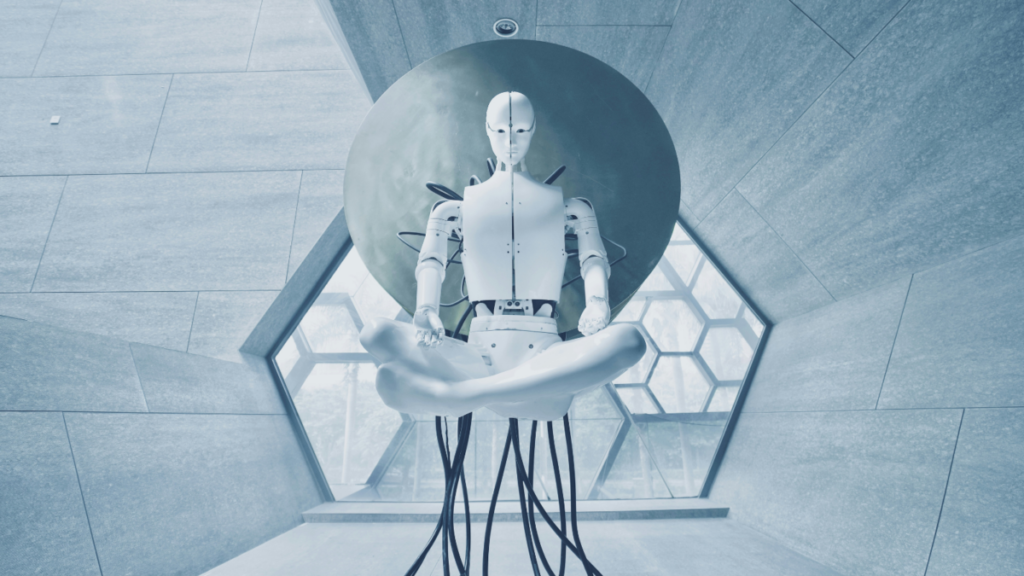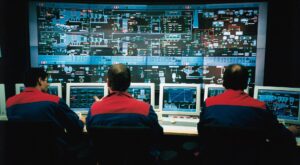Are the robots finally coming — the answer is a strong maybe

Photo by Aideal Hwa on Unsplash
Opinions expressed by Digital Journal contributors are their own.
Around ten years ago, listeners to TED talks became very excited at the prospect of a Jetsons-like future. Roboticists from firms like Boston Dynamics said they had robots on the test bench that could mimic most human movements. Even if they were a little unstable on their feet, the march of technology would soon fix lingering issues and they’d be ready for prime time.
Looking back, it’s hard not to view their proclamations as insightful. Hopping on YouTube, you can see robots achieving various feats. Some can now walk with a similar gait to a human, potentially opening up new applications with economic value.
These developments suggest that robots are on the way. Numerous organizations and industries are already looking at how they can use them and the impact they might have.
WYBOT, maker of the world’s first robotic pool cleaner vacuum that automatically travels to charging posts is an excellent example of this in action. Ten years ago, getting a robot to vacuum a conventional floor was a challenge, but today the technology is advancing.
“The industry is seeing massive shifts,” the company says. “The technology keeps improving to the point where technicians can now use vehicles underwater.”
Had this technology been available in previous decades, it may have had a profound impact on disaster management. Going forward, the rise of robots seems likely. Manufacturers are making them for numerous purposes to keep people safe and make the workplace more productive.
Factory robots
Factories are among the first places these new robots are likely to show up. After all, the auto industry has been using robotic arms since the 1960s to augment production.
One area robots could help is in the simple task of moving items between locations. Factories need people who can carry inputs and materials from one end of the production line to the other, or keep items in storage.
Robots could also help in more fiddly applications that require the help of humans. So-called “cobots” could work beside employees, performing various functions to assist in production.
The sector could also see the development of fully-fledged robotic factors that don’t require human input, only management. These would use robots that learn how to react to non-standard environments.
Warehouse robots
Warehouses may also see an influx of robots in the coming years (if they haven’t already). Again, their main role will be ferrying items from one location to another, probably faster than a human could walk.
The primary benefit of this application will be to ship products to consumers faster. Ecommerce brands will be able to reduce the delay between order placement and dispatch, getting deliveries onboard the first trucks out. Humanoid robots on wheels will be able to whizz up and down aisles, collecting items for humans to process and pack.
However, warehouse robots might perform other functions. One obvious application will be to replace the unwieldy forklift truck, a vehicle that causes countless crush injuries every year.
Another application might be returns-sorting robots that sort through boxes, categorizing various returns for processing.
Advanced robots
Over the next ten years, the world may see the introduction of more advanced robots that incorporate AI into their feature set. Companies could develop thinking-embodied machines for virtually any application.
“The rate of progress is impressive,” WYBOT says. Like desktop computers, it is likely capabilities will continue to advance and machines will move to dominate the physical world, just as they have the digital one.
The main feature of advanced robots will be their capacity to make decisions based on their environment. Instead of requiring pre-programming, they’ll be able to react to what is happening around them and make adjustments in real-time.
These machines may also have the ability to rationalize and be proactive in their behaviors. You can imagine some machines deciding to, say, pick up litter or help someone in distress.
Whether the machine’s primary role will remain inside businesses remains to be seen. In the future, even humanoid robots with basic capacities could provide public services in countries with declining human workforces, leaving high-value-added tasks to people.
Super-intelligence
Super-intelligent robots – those with capabilities rivaling humans – could also arrive in the near future according to some commentators. These machines would have capabilities that far outstretch biological intelligence, allowing for new kinds of society and economy.
Such machines sound far-fetched, but as Ray Kurzweil points out, they only require artificial intelligence and computing power to expand at close to the rate observed since the 1960s. If that happens, it is entirely possible that such machines could emerge in the next ten to twenty years.
Already, chatbots are approaching human IQs, with some researchers estimating ChatGPT might have an intelligence quotient in the range of 150. If that trend continues, it will mean that robots can share their intelligence at all stages of the production process, enabling superior robot machinery to emerge.
The ultimate goal would be to create some sort of device based on nanotechnology. Machines could infuse matter with intelligence, allowing them to perform any role or take on any shape.
It sounds scary, but there is the potential that robots as traditionally thought of could disappear. Superintelligence might adjust the fabric of reality, imbuing everything with intelligence in a way that serves itself and the rest of us.
Speculating about the long-term future is fraught with issues. But the applications of robots in the home look exciting. It’s entirely possible a future similar to the Jetsons could emerge.
The near future of robots
Making robots is notoriously challenging but recent developments provide significant hope for people interested in making them an everyday reality. Most examples are in the prototype stage, but the proof of concept is welcome. Robots might not be mainstream, but there is now a clear path adding more of them to society.
The most likely application of humanoid robots will be in warehouses. Wheeled robots will reduce complexity and increase efficiency. From there, they might be deployed at the roadside or in cafés.
Are the robots finally coming — the answer is a strong maybe
#robots #finally #coming #answer #strong





